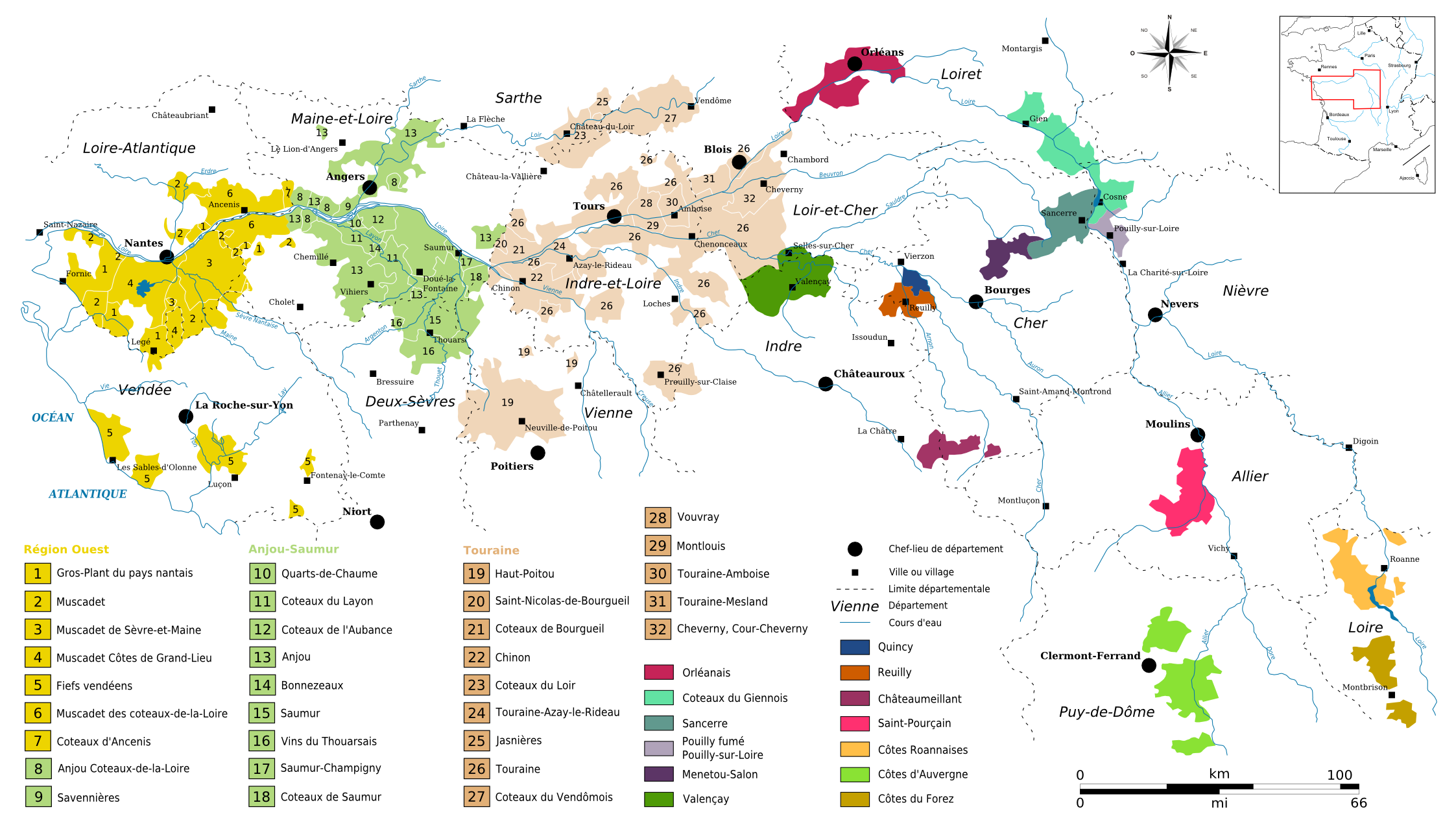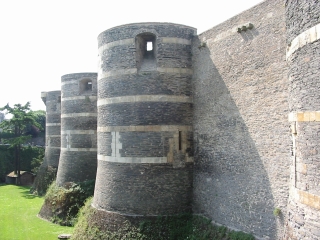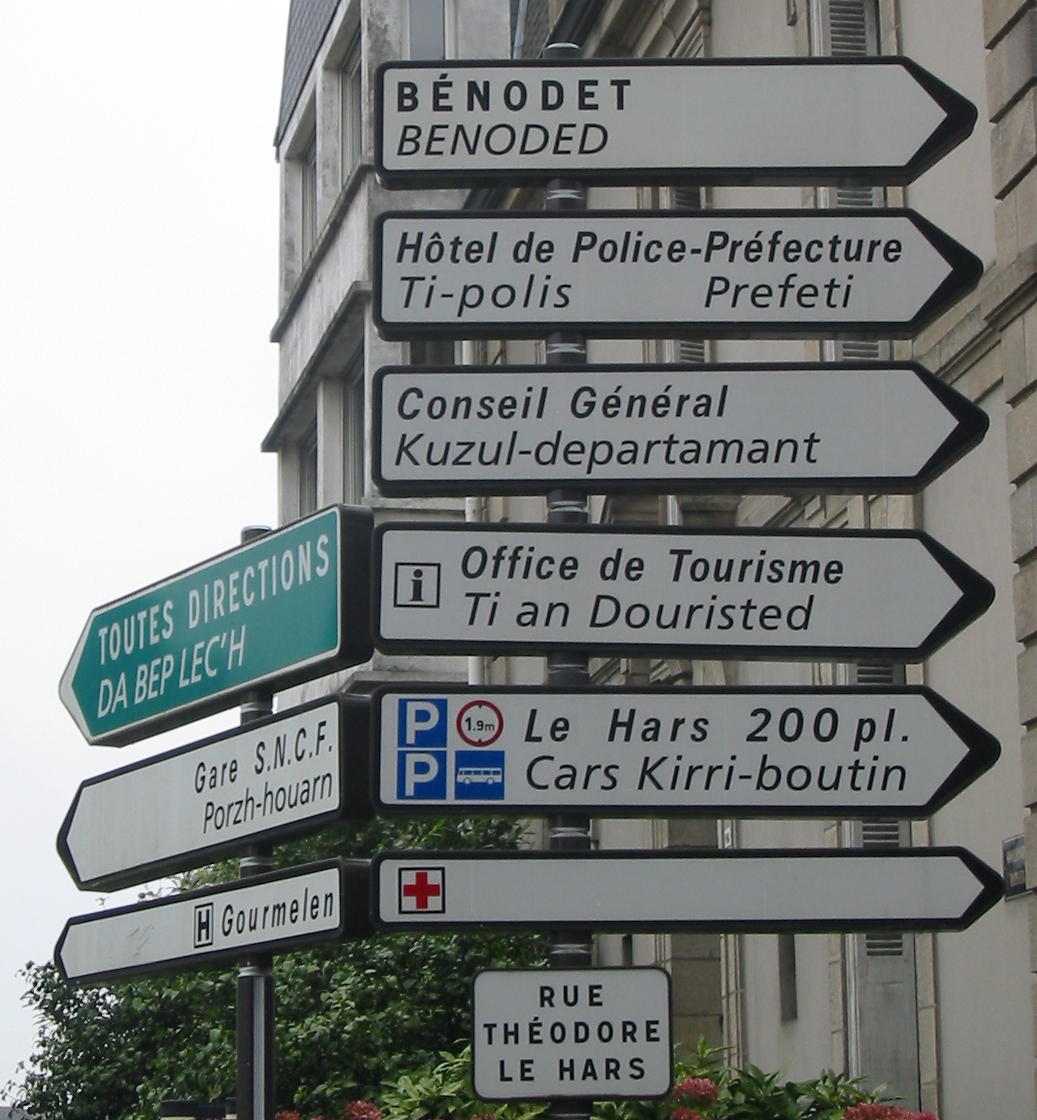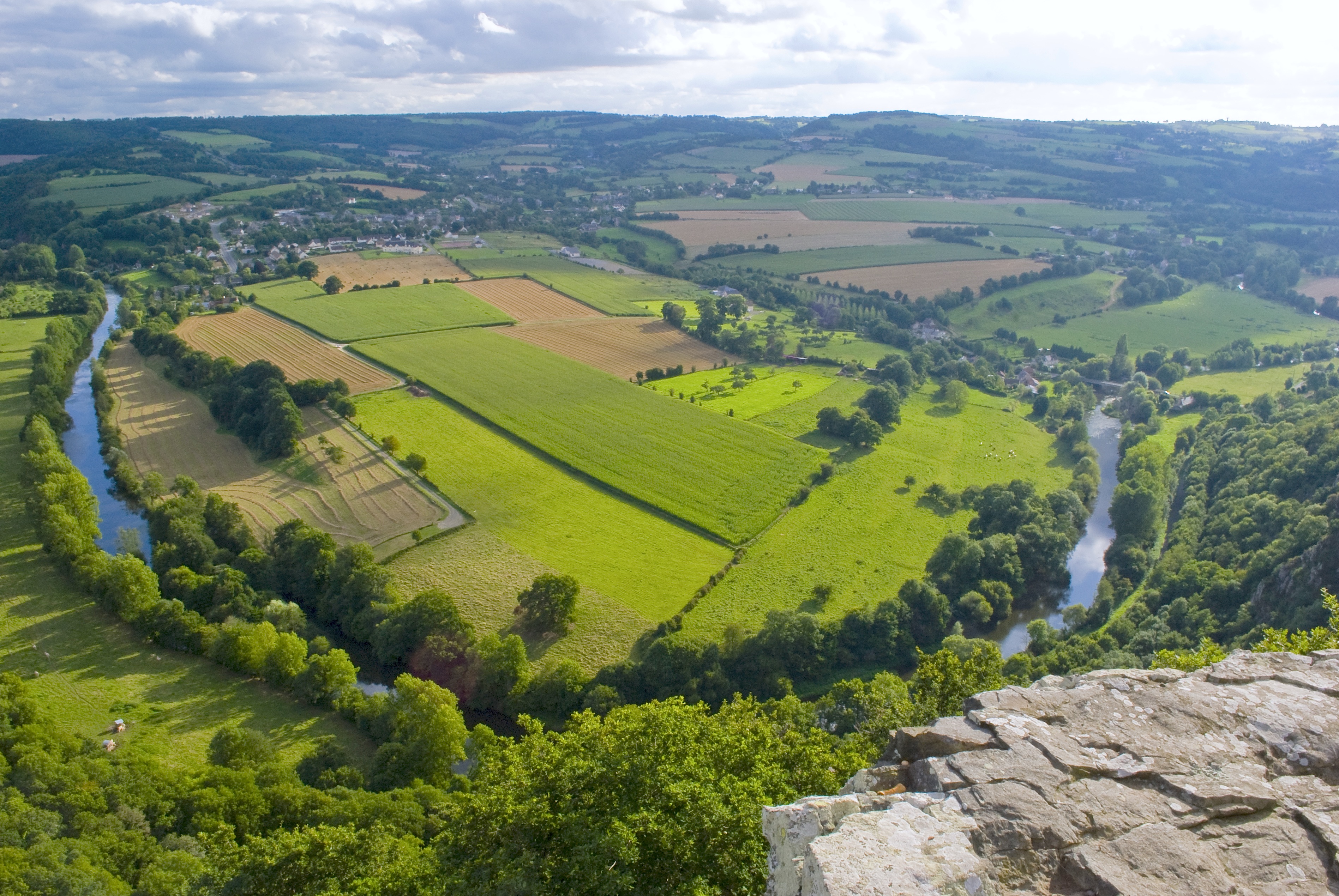A book I read and re-read every time I need a little inspiration to get myself properly aligned with the universe is French Women Don’t Get Fat by Mireille Guiliano. Thinking of it as a diet-advice book misses its usefulness as an exercise in practical philosophy. The book is really about breaking free of the “diet” trap and embracing the pleasure of a proper meal, accompanied with a glass of wine or champagne.

Guiliano is a French woman who has lived most of her adult life in the United States. Before writing the book, she was president and CEO of Cliquot, Inc., the U.S. branch of the renowned champagne house. In New York, she writes, “my business requires me to eat in restaurants about three hundred times a year.” She is well-positioned to contrast the French way of eating with the American one.
Of course, French women do get fat, but not nearly as much as American women. Obesity rates in France are about half of those in the United States. While I couldn’t find statistics, my personal observation is that morbid obesity is rare in France.
Previously I listed some of the French characteristics in a little slideshow. If you noticed, none of them involved carb-counting or fat-shunning or food bans of any sort. They all focus on style.
While Guiliano obviously endorses French dietary practices, she doesn’t chastise Americans for succumbing to snack foods and oversized portions. She’s been there, done that, and she recovered with the help of some sensible French advisors, notably a family physician she calls “Dr. Miracle.”
Guiliano is not a nutritionist and she doesn’t pretend to present a medically-endorsed health plan. Most of the book is about how to eat, how to savor food and find pleasure in mealtime, with modest portions. She emphasizes quality, which makes excessive quantity superfluous.
Aside from a few recipes , the only content that resembles a “plan” in the usual pattern of the diet book genre is a recommendation for a phase Guiliano calls “recasting.” That process begins with three weeks of journaling and then a weekend mini-fast, eating only boiled leeks and their cooking liquid. In this, my fourth reading of the book, I’m trying the “Magical Leek Soup” kick start for the first time. After a severe winter that derailed some of my good French practices, I need an extra boost. So this is what I’ve been eating all day, and continuing through tomorrow.

There is indeed something magical about it, and it goes to the heart of the French food philosophy. At breakfast, the boiled leek was decidedly inferior to my usual toast and egg. At midday, it was a remedy for hunger. But at dinner, every bite was delicious as my palate had attuned to the pure taste of a simple vegetable simply cooked.
Still, I’ll be happy to enjoy a more substantial dinner tomorrow, and a glass or two of wine this weekend.













































